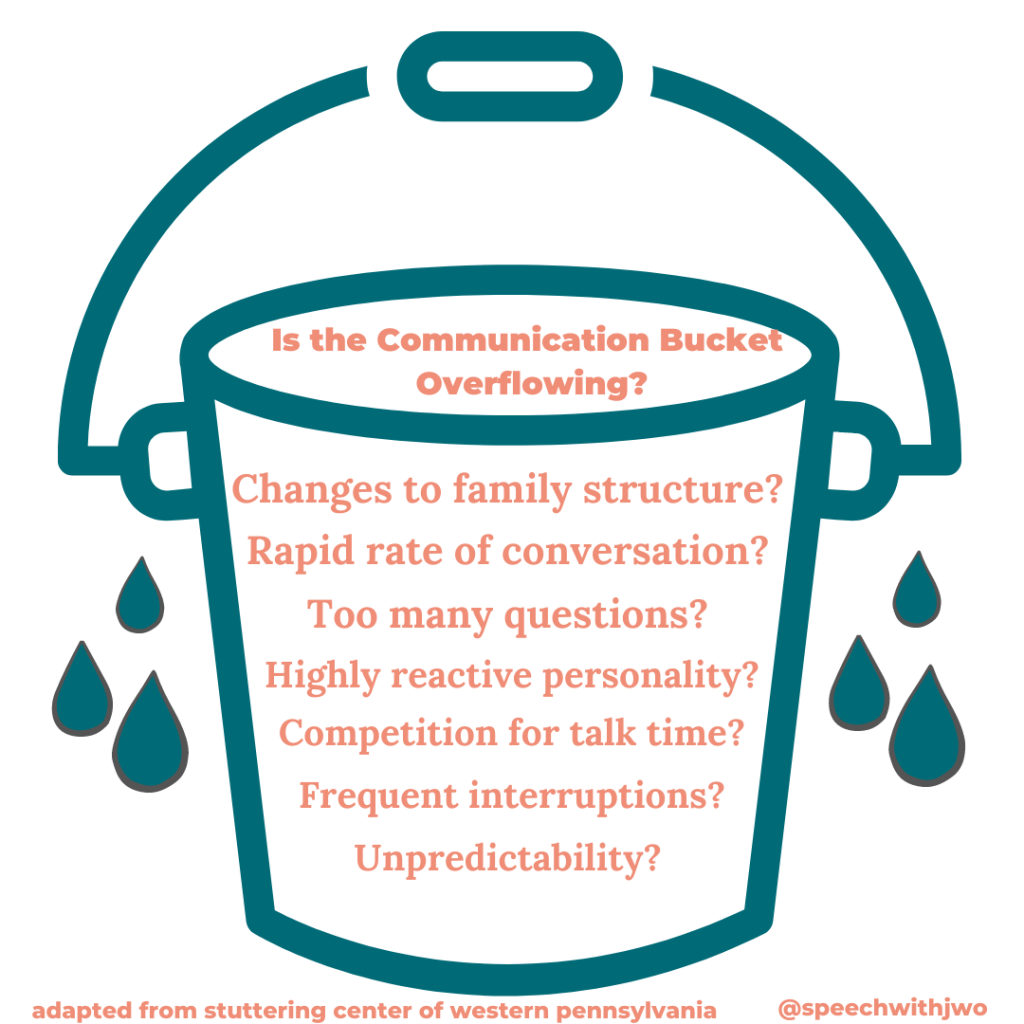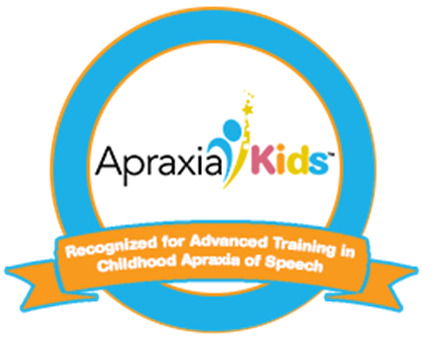It happened. We have a person who stutters in the White House. This is a monumental moment for people with disabilities, and proves that with the right tools and support, you can do anything. This sends a powerful message to children who stutter.

What is stuttering?
Stuttering, or “disfluency”, is a communication disorder that causes interruptions in a person’s speech. There are different degrees of stuttering, from mild to severe, and different patterns of stuttering, such as:
- repeating the first sound in a word (w-w-what are you doing?)
- prolonging the initial sound in a word (wwwwwhat are you doing?)
- block (complete absence of sound)
A person can have one of these types of disfluencies, or a combination, which effects their ability to communicate effectively with others.
Stuttering can have other implications as well. Many people who stutter suffer from anxiety and fear around speaking, while others experience physical tension along with their disfluencies (such as squeezing muscles of the neck). Some people opt to avoid social gatherings, or use word substitutions to avoid stuttering.
Why does stuttering happen?
Although there is no specific cause for stuttering, we do know that stuttering is neurological and physiological. Some causes of stuttering are:
- developmental: stuttering in children happens between the ages of 2-8
- inherited: family history of stuttering
- neurological: differences in brain activity that causes speech disfluency
Developmental Stuttering
As a pediatric speech language pathologist, I hear from many parents of 2 1/2 to 3 year olds who notice a sudden onset of stuttering in children. This can be a source of great concern for parents. Together, we discuss the bucket analogy as a way to understand communication stressors.

Looking at this graphic, you will see that there are many little things that can make a child’s bucket “overflow”. When many of these stressors are present, a child’s system can no longer handle it and disfluencies arise. By working together with families, we determine possible causes of stress for the child’s communication development and make a plan to eliminate them for smoother speech.
Inherited/Neurological Stuttering
In cases of inherited stuttering, there are often many feelings associated with stuttering. We work together to overcome these feelings and come up with strategies that will work for parents, educators, and the child to reduce stress in the child’s communication environment.
For neurological stuttering, many times, the speech language pathologist works in conjunction with a physician to find the correct medicine to reduce tremors or to adjust brain chemistry and introduce strategies to create smooth speech patterns.
What strategies can be used to overcome stuttering?
Although there is no cure for stuttering, there are methods available to help decrease the stress associated with stuttering and improve the ability to communicate more clearly.
Because the majority of stuttering in children occurs between 2 1/2 and 5 years old, early intervention is key. It is important for families to work with a clinician who is skilled in the evaluation and treatment of stuttering. Speech-language pathologists work with families to find the best intervention approach so that children have the highest rate of success with becoming successful communicators.
Older children and adults can also benefit from treatment, though this often involves approaches to increase speech fluency, as well as counseling to improve confidence in communicating. Many individuals also benefit from being part of a support group, such as The National Stuttering Association.
When should you seek help?
Parents who notice a sudden onset of stuttering in their child should schedule a consultation with a speech language pathologist to discuss whether a full evaluation is warranted. A speech language pathologist will also help families decide the appropriate treatment approach and supplemental therapies or group supports.
For more information on stuttering evaluations and treatment, reach out to jocelyn@jocelynmwood.com.






0 Comments